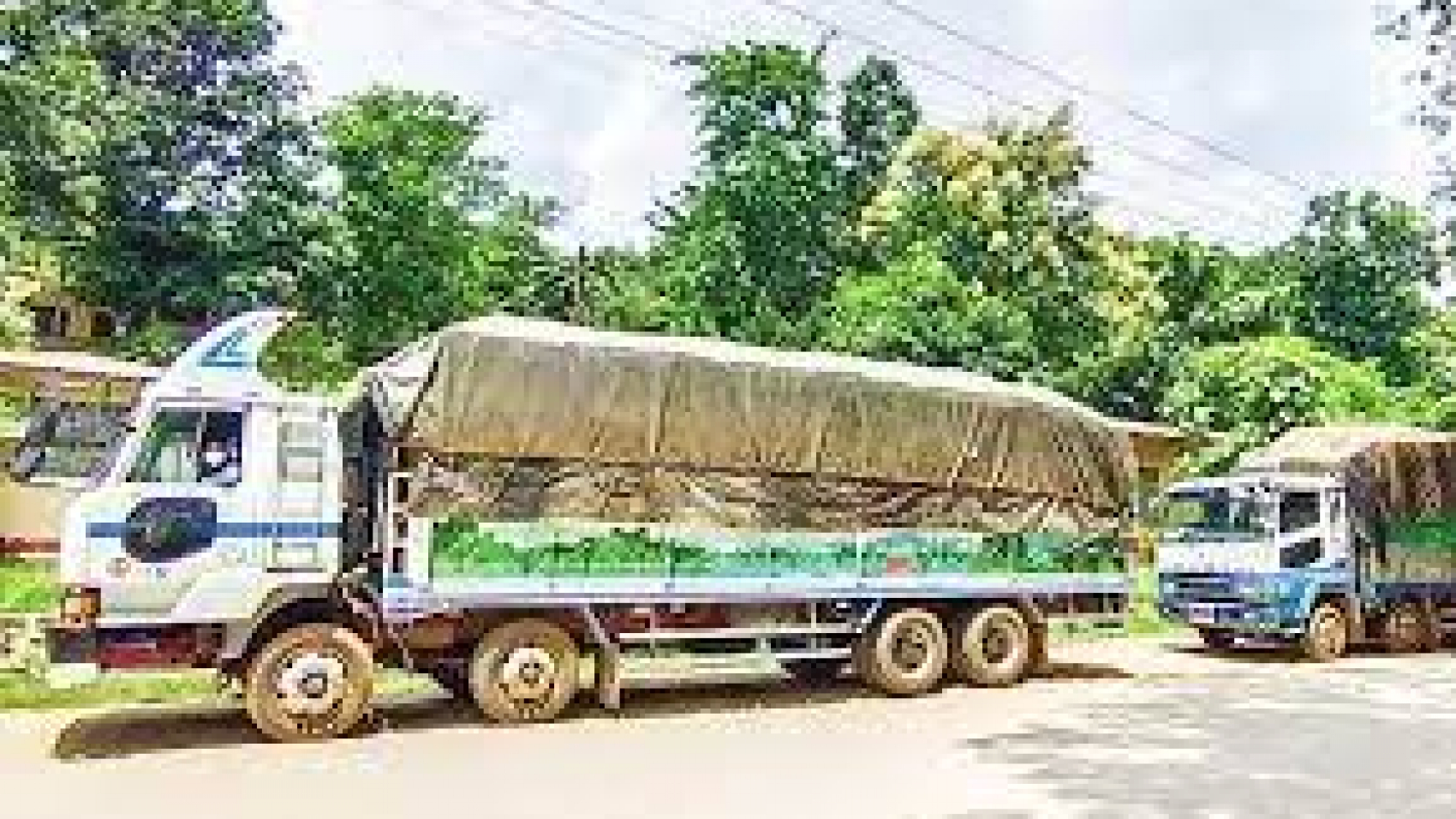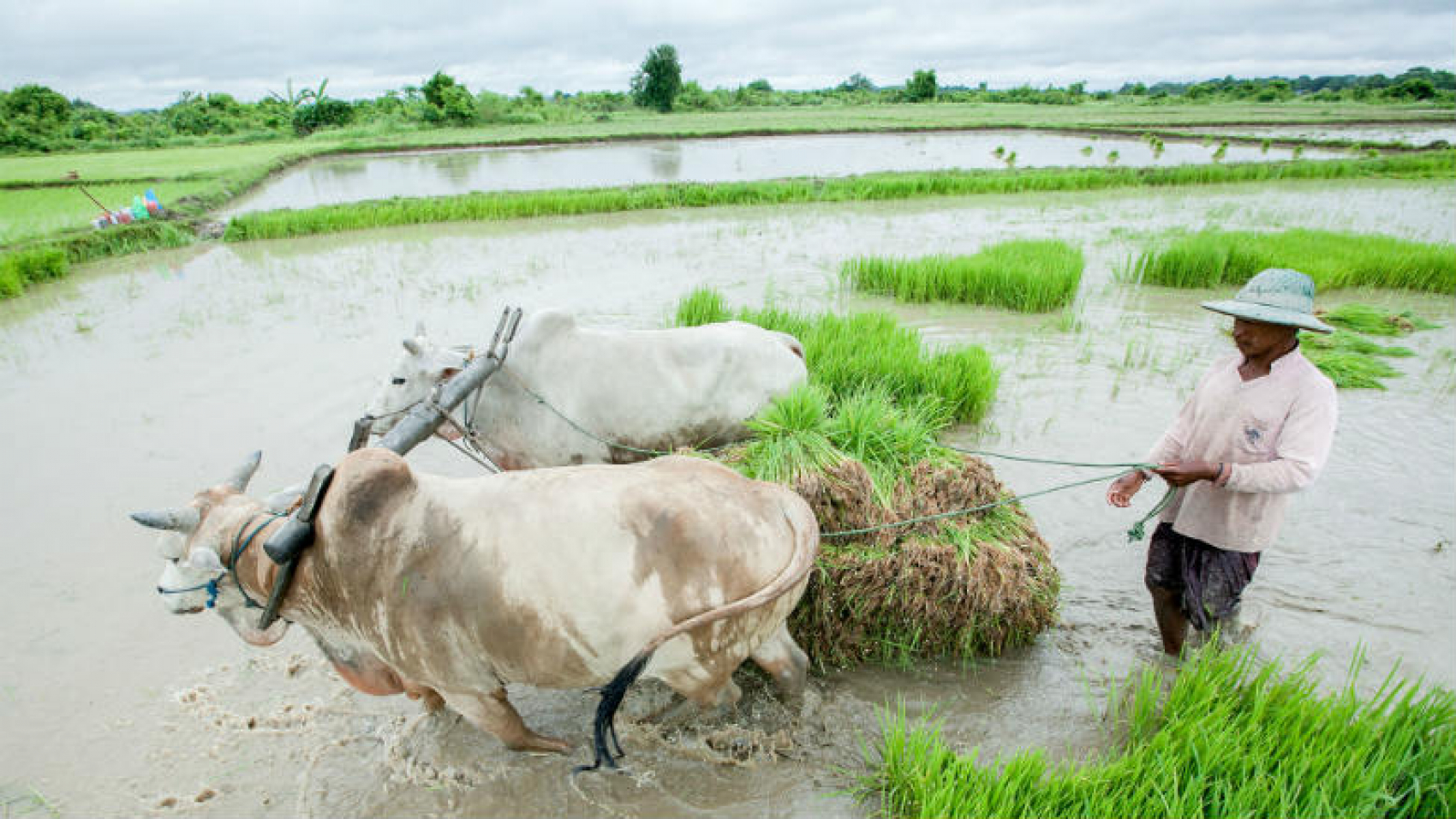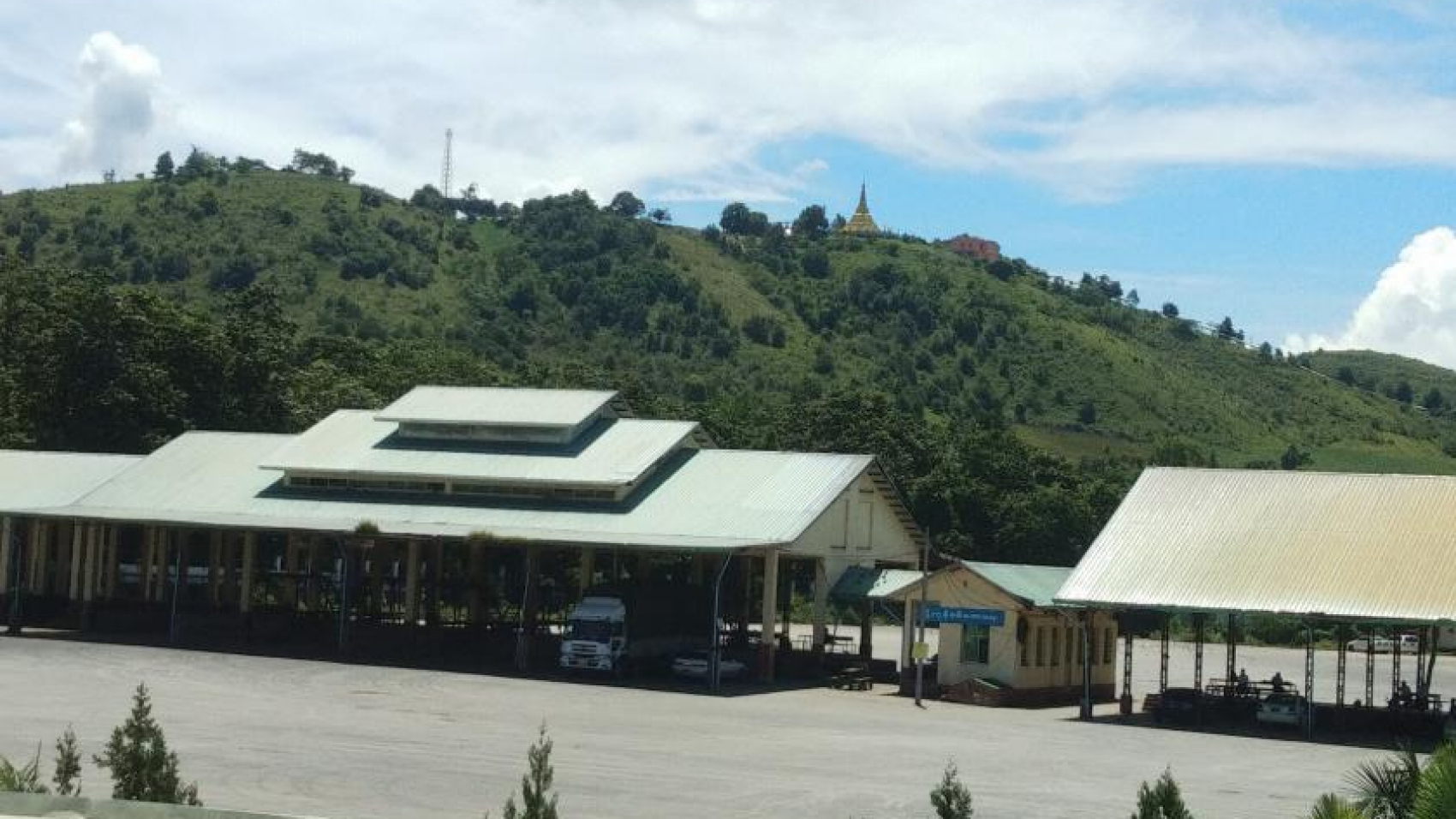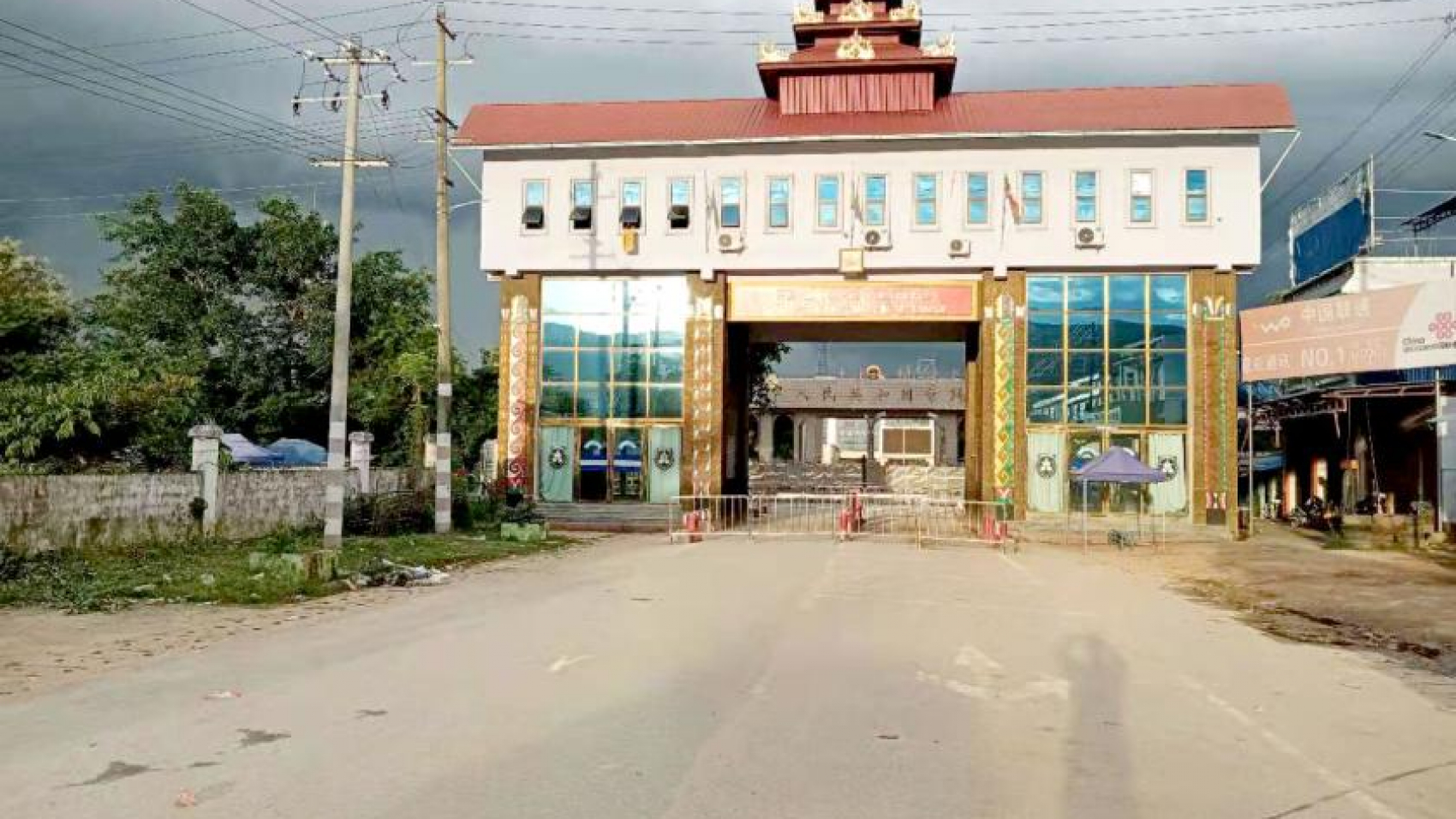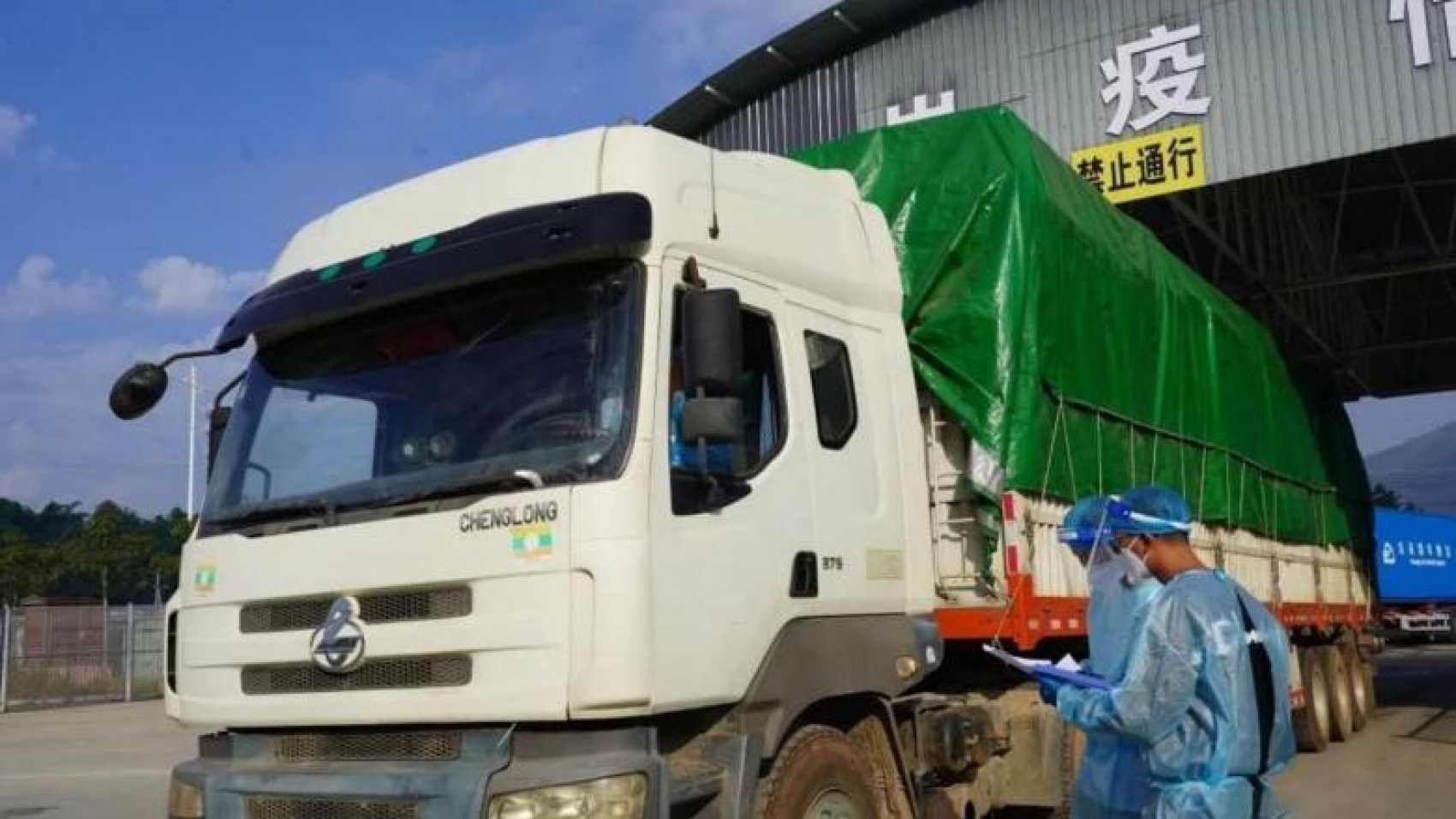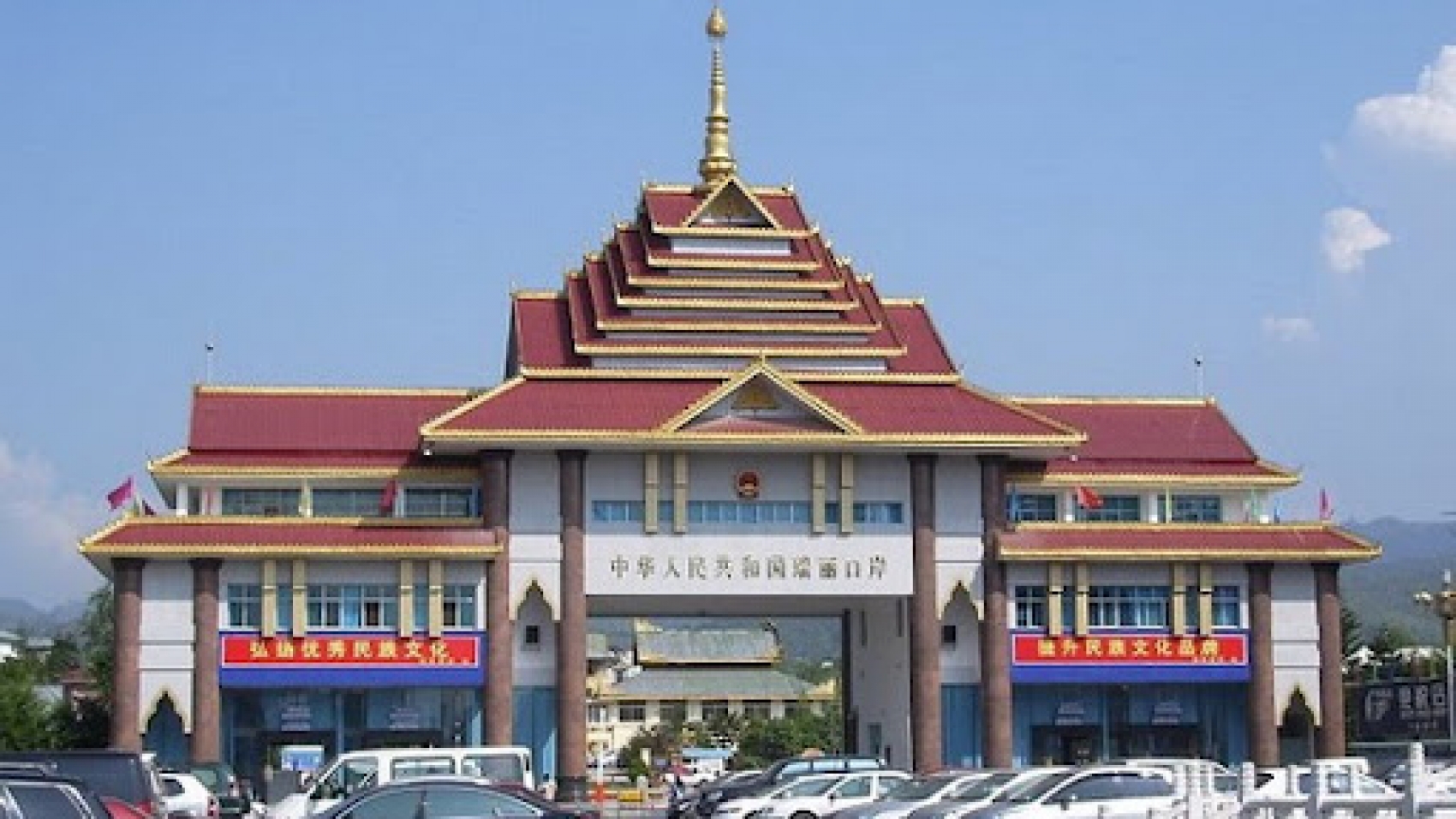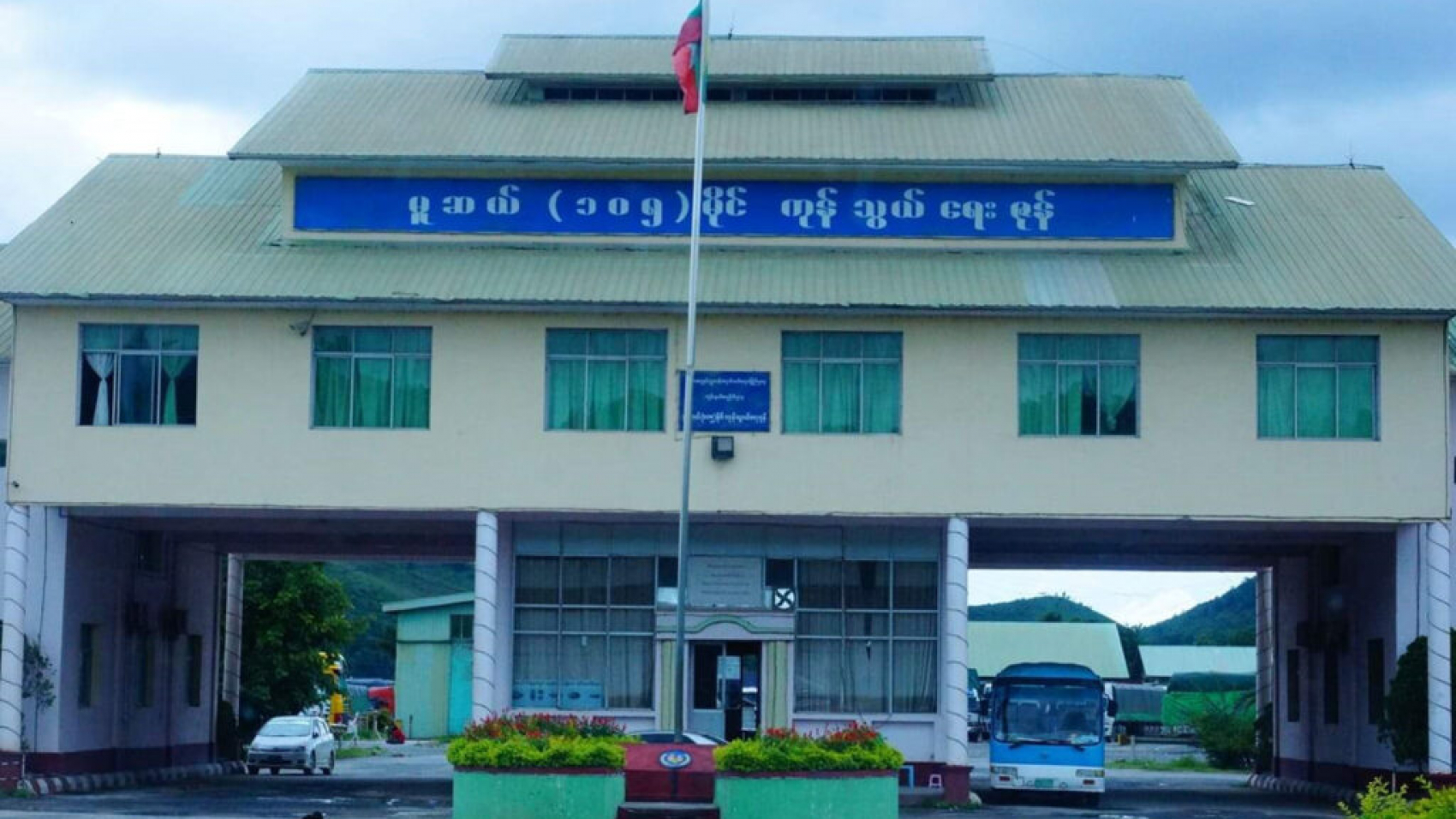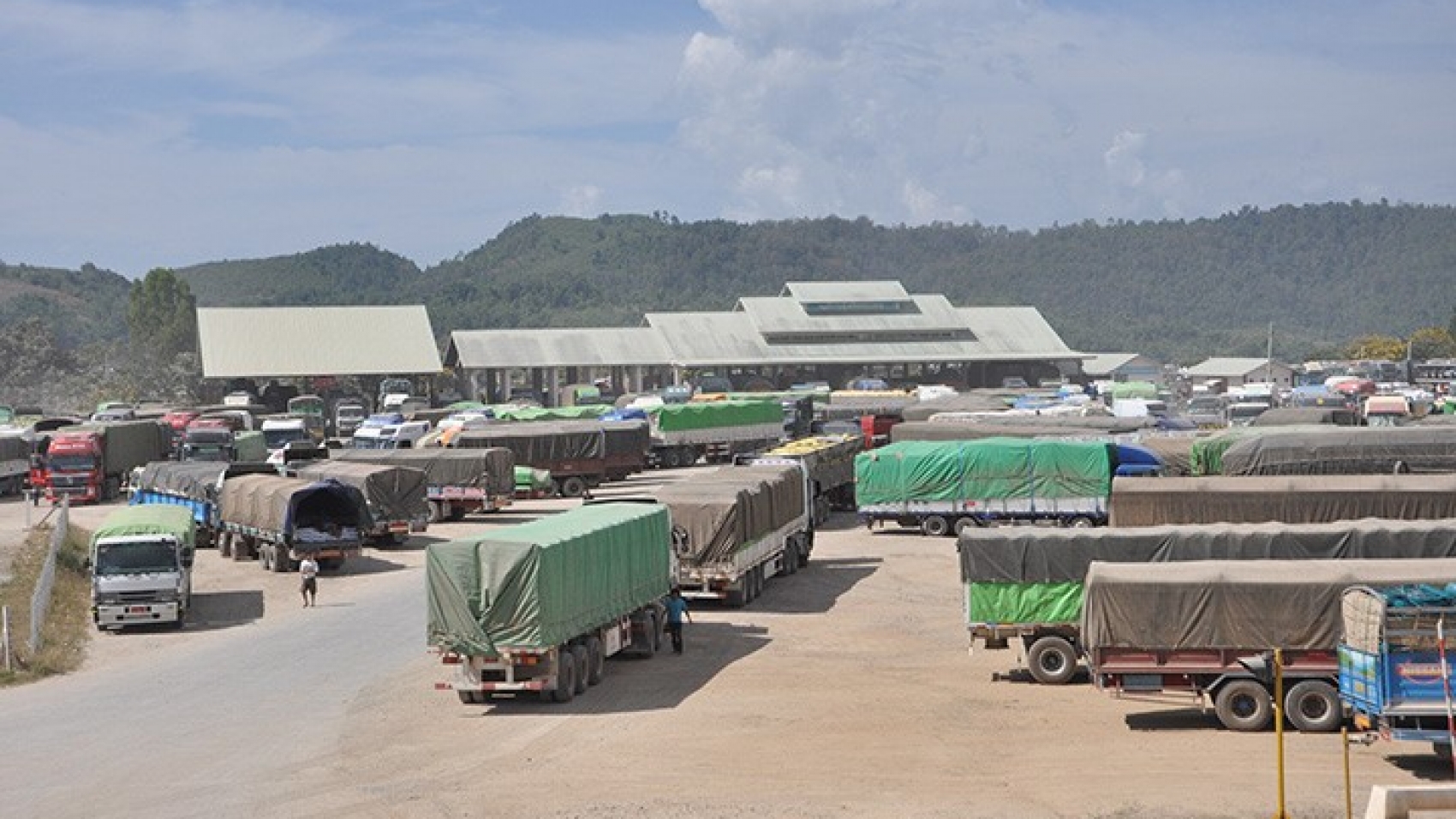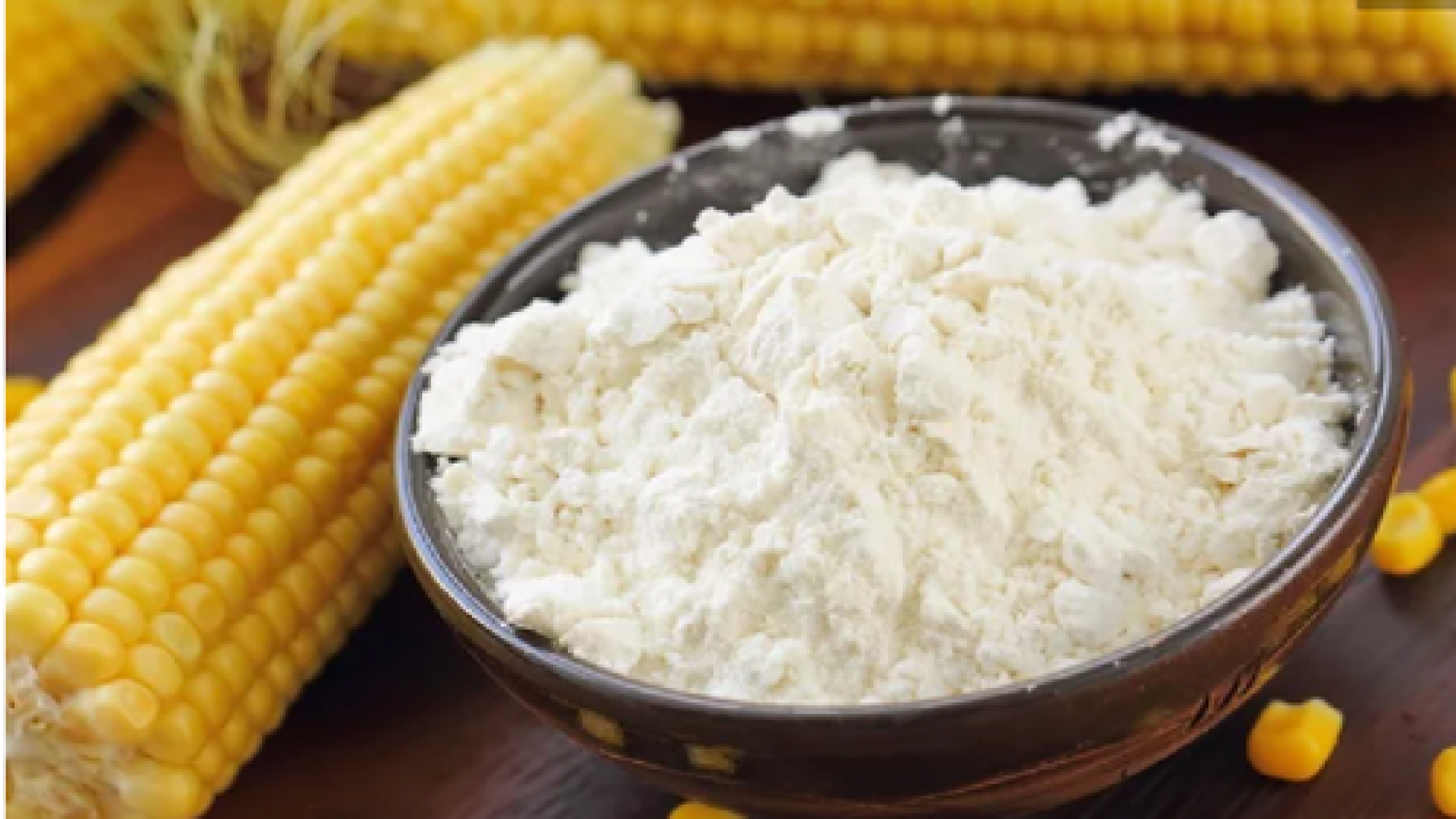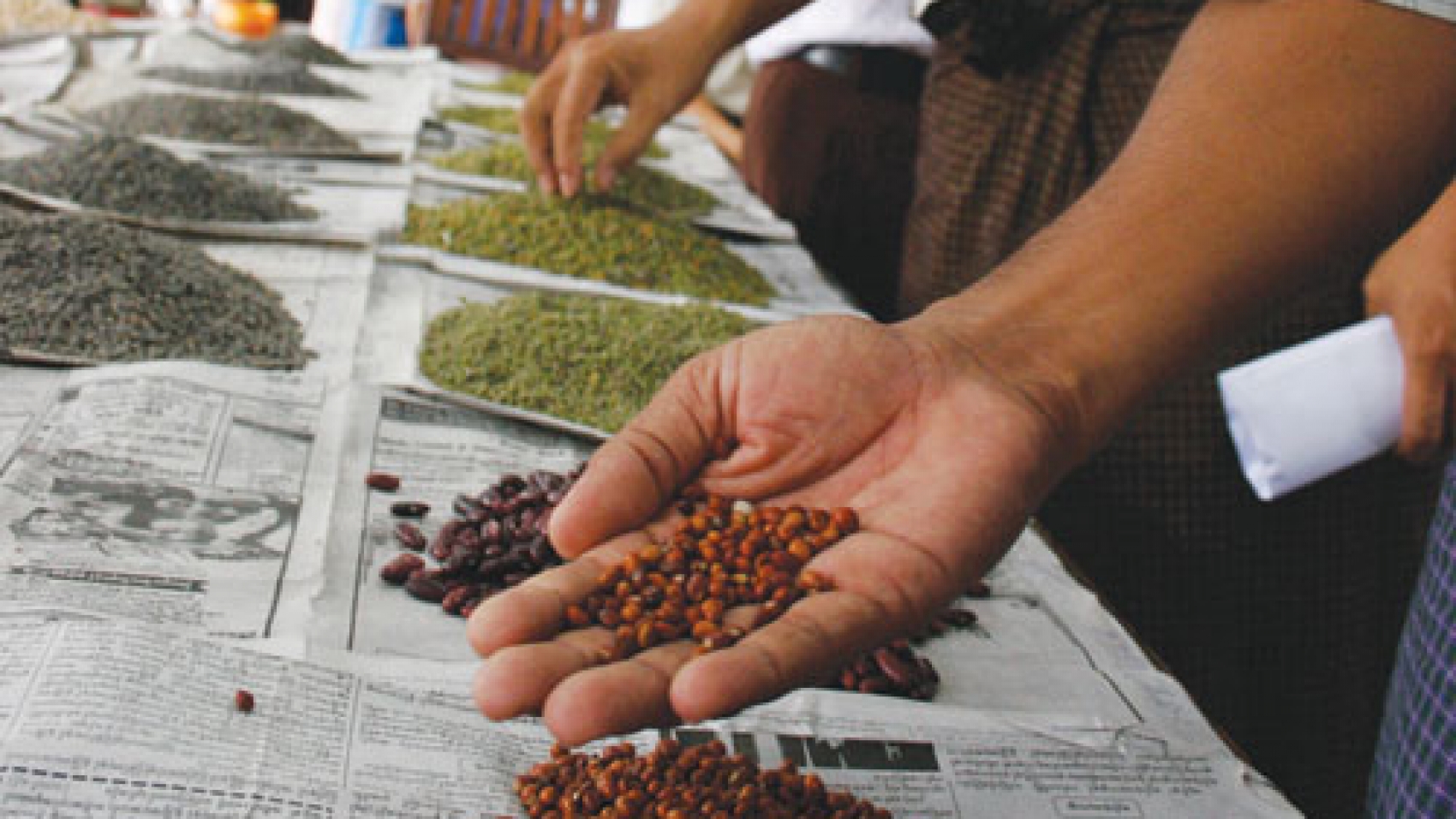At the Muse 105-mile border trade, delays in applying for import licenses for Chinese-imported goods have led to a link between the Bank of China and the Bank of Myanmar, which has made jurisdiction difficult for traders and traders, according to traders. “To bring Judy,” he said. I have to apply for a license. It took a Fri time for the license to expire, so it was not possible to carry it. It has been almost a month since I was able to connect with the Chinese bank. I had to wait again to connect again. It’s a long time to tell if it’s okay yet. “When the Chinese side entered the Burmese side of the Qing Dynasty, it was not like before, but all kinds of problems started,” said Ko Toe Naing, a trader.
At the Muse 105 Mile, the jute license was reopened in December last year during the transition period from the beginning of the dollar payment to the kyat. Importers are still lagging behind in obtaining licenses due to difficulties in obtaining copies of documents from the Bank of China and the Chinese Customs. “From the first month of this year until now, The license was suspended at the end of last 12 months. Jute’s implementation has been delayed due to policy requirements and requirements. The current situation is not like the import of cars at Shwe Lwe In Stadium, but some warehouses are down. Some do not pay; Some go their own way.
The Muse Namkham Chamber of Commerce did not even dare to present a real problem. If the goods are delayed, think of it as a loss, ”said a trader from Muse, 105 miles away. China and Myanmar are gradually shifting from Boder Trade to Normal Trade. In one move, changes in licensing and jute policy have led to difficulties in applying for import licenses and performing jute. There are a lot of imported cars at Kyin San Kyaw Shwe Lwe In Car Exchange and other car parks. Manibet (Chinese Customs Inspection Certificate) and which bank will transfer the value of the goods. The Chinese side will have to go to the bank legally with a bank transfer from the Myanmar government bank.
“The application for a Chinese import license is obvious,” he said. In the meanwhile, the price was too high and my arms and legs could not move. RMB exchange rate change It is very difficult to change the policy of the Ministry of the State. It would be good to settle the bank transfer letter. So I think it will be convenient for the imported cars that are stuck in Kyin San Kyaw, ”said a trader from Muse. “The Myanmar side demanded the withdrawal (item on the vehicle); The Chinese side could not provide the full details of the Manibet (Chinese Customs Inspection Certificate). They can only deliver most of the goods on board. Translated into English, they said they could not provide it. From the Myanmar side, it is difficult to apply for a license because of these.
Due to the delay in importing and exporting goods due to the Shanting system, the one month given by the Burmese side does not work. The truck could not be reached immediately today with the jute applied for a license. The truck could not get out immediately because we had to wait for the disinfection system to be started. This is also a problem. Some cars can be released in just over a month or two, but after a few days there is a change in policy. Commodity on this The meaning of the flow is stagnant. If these problems occur, traders will make the most of it, and the end result will be limited to the basic consumer, ”said Ko Naing, the owner of the gate.
Rice, broken rice, including rice being exported to China through the Muse-Wanding-Qingshan checkpoint on the Burma-China border. Green pepper Goods transported by refrigerated system; Fishery products; Exports to China have been temporarily restricted since March 15, with seven items, including daily necessities and foodstuffs, and a slight change in export licensing policy in Burma has also caused all kinds of problems for exporters. “In terms of exports, the situation is like a pipe trap,” he said. Under the current policy system, most rice and other agricultural products are no longer profitable. The cost is high. It’s hard to get to the bottom because you can no longer send the balance.
China has long banned frozen meat and seafood. Of these, the biggest ones are rice, peppers are hit hard. The rest did not go. The peppers do not bite after a few days. This Shantin system is no longer suitable for them. Both sides requested complete documents, but both sides were incomplete. This is where Boder Trade comes in as a normal trade, which is a bit of a challenge. The Chinese side is also confused. It’s not easy for me to work on it because I’m experimenting. This is because a truck can carry a variety of goods. The gates are not the property of one merchant; I added three or four letters. In normal trade, each trader’s product is not difficult to apply for a license, but it is difficult for a monopoly trader, ”said Ko Than, a trader.
With the new policy and the direct exchange rate of the yuan, there are many difficulties for entrepreneurs to withdraw money. “China pays in yuan,” he said. The government bank transfers at a fixed rate. It is not issued in cash, it is typed in a bank book. I changed my personal account from company account. Only 510,000 personal accounts can be issued per week. There is a downside to that, especially if all this money can’t be withdrawn at once. If you have money in the bank, it is the biggest problem in the transaction. Exporters are also considering this, ”said Ko Than, a trader. Most traders in Muse Namkham say that officials need to re-evaluate the ministry’s liaison over such policy changes, and that traders are concerned that Sino-Burmese border trade will continue to falter if border trade difficulties arise.
Source: Daily Eleven

